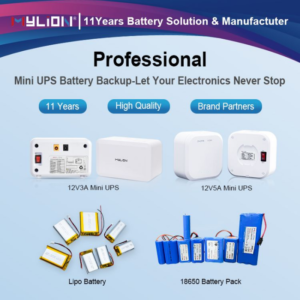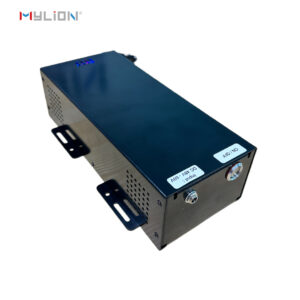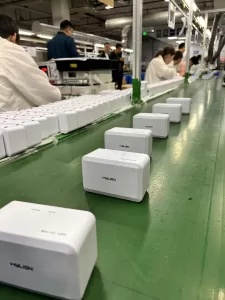Most Lithium-Eisenphosphat-Batterien are already used in Tesla’s standard line of vehicles, such as the Model 3, and are not designed to extend range or improve performance.
Tesla has revealed that about half of the cars it produces recently use lithium iron phosphate (LFP) batteries.
In the field of electric vehicles, battery technology dominates. Factors such as battery capacity, weight, cost, reliability, and longevity may all be factors limiting EV performance, viability, and widespread adoption.
Historically, Lithium-Ionen-Batterien have been the technology of choice in this field, but as the field continues to grow, other chemistries are gaining popularity. Among these technologies, lithium iron phosphate (LFP) is one of the most competitive competitors to traditional lithium ions. Tesla recently revealed that about 50% of the cars it produces in the first quarter of 2022 will use LFP batteries, as evidenced by this.
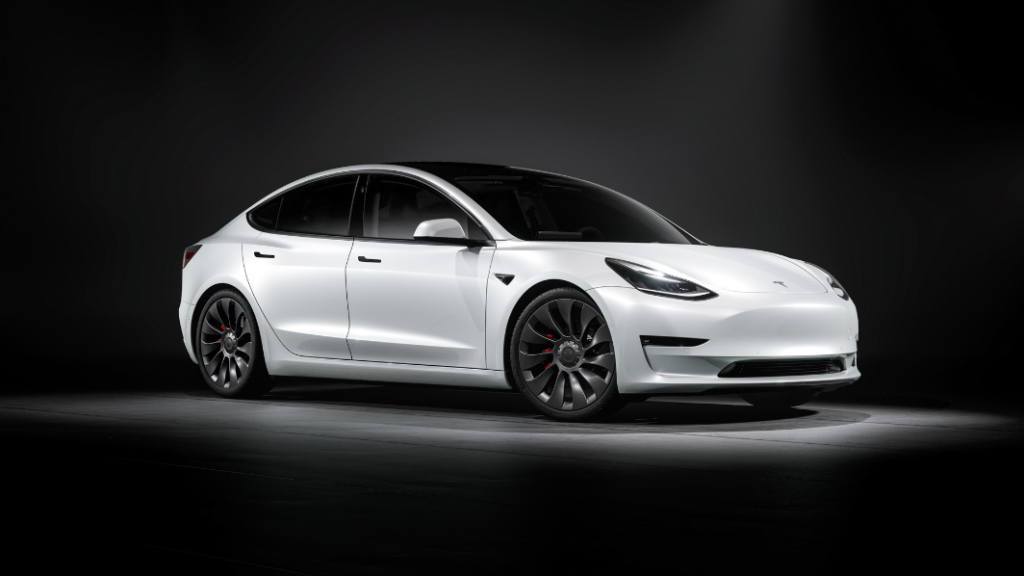
Was ist Lithium Iron Phosphate?
Lithium iron phosphate batteries work very similarly to most lithium-ion batteries, but use different internal chemistries to achieve their end result.
Look inside a lithium iron phosphate battery and you’ll find many of the standard components present in other batteries, including the cathode, anode, electrolyte, and separator. Uniquely, LFP cells utilize LiFePO4 as the cathode material. The anode can vary, but is usually made of graphite.
Batteries made from this chemistry have a specific energy of 90-120 watt-hours per kilogram, and standard batteries have voltages between 3.2 and 3.3 volts. The charging rate is around 1C and the discharge rate is 1-25C.
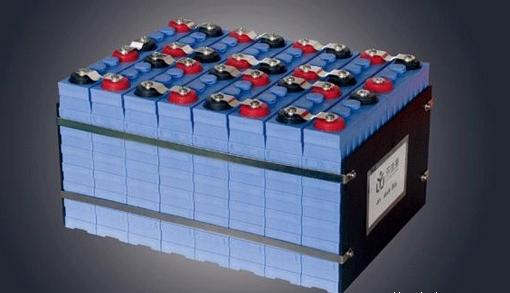
Advantages and disadvantages of lithium iron phosphate
Compared to lithium-ion batteries, lithium iron phosphate has some key advantages in electric vehicles.
Gegenüber Lithium-Ionen-Batterien, the main advantage of Lithium-Eisenphosphat-Batterien is that iron is relatively abundant on earth. Compared to traditional lithium-ion batteries, the large amount of iron provided by the battery manufacturing industry makes lithium iron phosphate batteries cheaper, more sustainable, and less susceptible to supply chain issues.
In terms of performance, lithium iron phosphate shows advantages in discharge rate and cycle life. At a discharge rate of 25C, compared with traditional lithium-ion batteries, lithium iron phosphate batteries can provide greater power, faster speeds, and higher temperatures. Cycle life is also longer, with lithium iron phosphate batteries providing 1,000 to 5,000 charge-discharge cycles compared to lithium-ion batteries of 500 to 1,000 charge-discharge cycles.
However, one of the most obvious drawbacks of lithium iron phosphate technology is energy density. Compared with lithium iron phosphate of 90Wh/kg to 120Wh/kg, lithium ion can provide higher energy density, between 150Wh/kg and 200Wh/kg. As a result, lithium iron phosphate tends to be heavier and larger for the same total capacity compared to lithium ion.
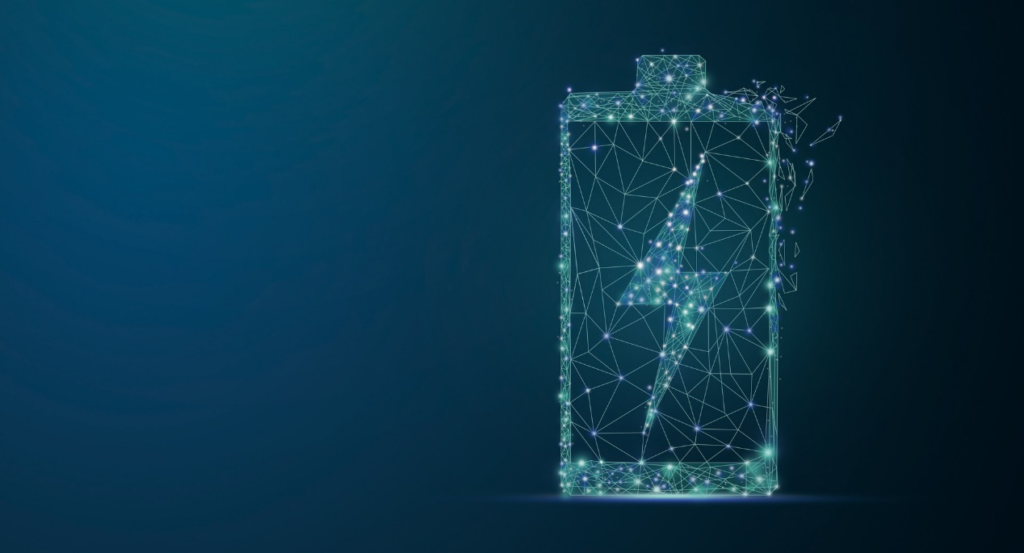
Tesla’s shift and industry impact
Earlier this year, Tesla made headlines in the battery industry when it revealed that about 50 percent of its electric vehicles produced in the first quarter of 2022 will be equipped with lithium iron phosphate batteries.
According to Tesla, one of the main reasons for this shift is capacity and manufacturing purposes. The company believes that in order to ensure long-term growth and sustainable production capacity, it must diversify its battery offerings according to the needs of each given model. For example, most lithium iron phosphate batteries are already used in Tesla’s standard line of vehicles (eg, Model 3) and are not designed to extend range or improve performance.
Regardless, the fact that Tesla is so reliant on lithium iron phosphate speaks volumes about the maturity of the technology and the role it will play in the industry going forward. Since Tesla is a pioneer in this field, other companies are expected to start using Lithium-Eisenphosphat-Batterien in some or all of their future electric vehicle products in the near future.



